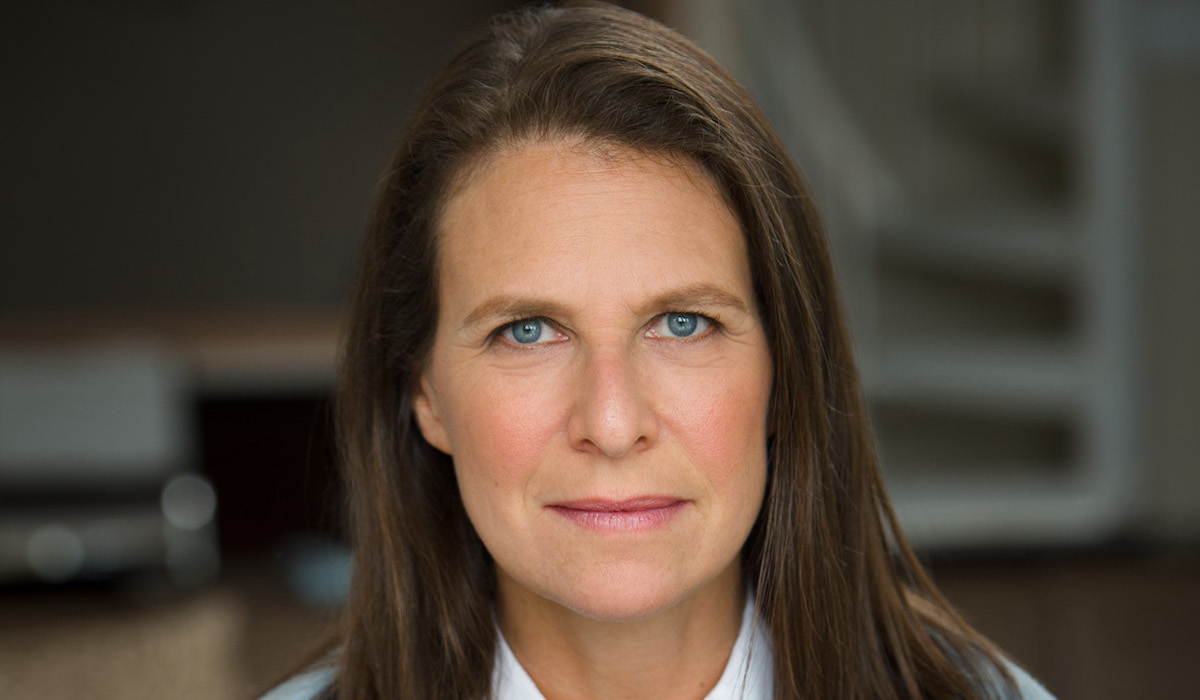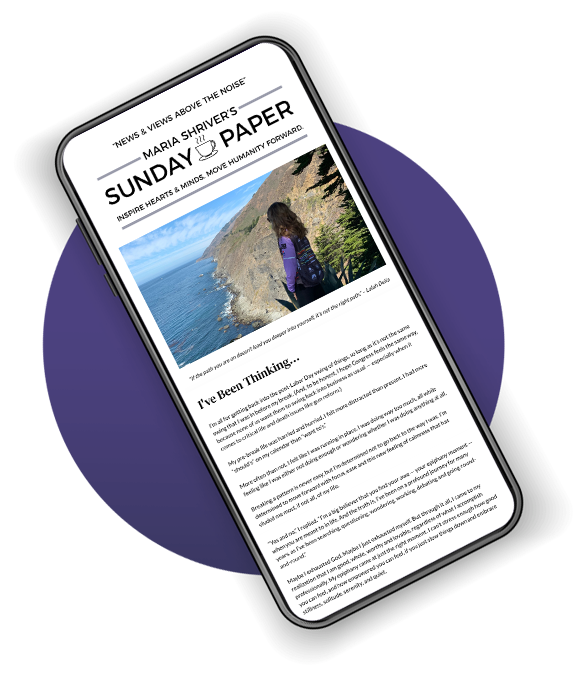Author Deborah Copaken on Her New Book, Lady Parts

Deborah Copaken, the New York Times best-selling author, photographer, screenwriter, and public speaker, offered The Sunday Paper an inside look at her forthcoming—and already best-selling—book, Ladyparts.
Your book starts on a Fourth of July weekend in 2017, flashes back in time, and then ends on July 4, 2020. Was that deliberate?
Absolutely. While this is a highly personal, intimate book about the many ways in which various parts of my body failed me, it is also a book about the ways in which America fails its women and how these failures play out, again and again, on the female body. For example, that Fourth of July, 2017, I was bleeding out from vaginal cuff dehiscence, hours from death, but I was also so worried about the cost of calling an ambulance that I took UberPool to the emergency room. When I found a breast lump, my ridiculously expensive COBRA coverage had just run out, which meant I couldn’t afford to feed my kids, let alone deal with a breast lump. I was sexually harassed by a boss, which left me without a job and stressed out all over again from lack of healthcare and income. Then there was the sheer day-to-day stress—which we know is bad for the body—of being a solo working mother in a country that treats childcare as an afterthought, workers as disposable, healthcare as a privilege, and middle-aged women as cows put out to pasture. Those bombs bursting in air? It was hard for me to feel American pride when American policies—or lack thereof—kept trying to either kill me or keep me from earning a living.
Ladyparts is both shocking, in the breadth and depth of your various traumas and misfortunes, but it’s also laugh-out-loud funny. Were you worried that humor would undercut the seriousness of your story?
To the contrary! I think humor is necessary, both narratively, for the reader, and personally, for me as author and patient. Look, life can be painful and hard, that’s a given. But it can also be incredibly funny, and humor has always been humanity’s release-valve: a way of offering relief in an unforgiving world. I spent my twenties as a war photographer. I laughed harder listening to a tableful of grizzled war reporters tell thorny tales over drinks than I ever have in a comedy club. That lightness and sense of the absurd is, I think, a necessary counterpoint to trauma. Or put it this way: when your vagina has become a blood clot howitzer, you can either curl up into a ball and weep or shout “Score!” when the nurse catches a stray clot with a bedpan.
You got fired from one job for spending too much time at Sloan Kettering; another when a new boss came in and fired everyone; another when you missed an important meeting to run home and rescue your young, bleeding son from a school playground accident; and yet another from Covid layoffs. What’s going on here?
Welcome to 21st Century American employment! I wish I could tell you more than what’s in the book, but in this country, each time you get fired, you are forced to sign an NDA to get even one week’s severance, which, by the way, is absurd, immoral, and silences workers, with women bearing the brunt of that silencing. But what my employment history points to is really the dangerous lack of social safety nets for workers here in America, especially older women. Of all developed countries, we have the least employment protections, so firing a worker is as simple as saying, “Don’t come back to work tomorrow.” Never mind the fact that when you get fired for spurious or even illegal reasons, not only do you rarely get severance, you lose your health insurance, you’re suddenly on the hook for over $2000+ a month in monthly COBRA fees, you can’t afford to hire a lawyer to fight back, and you’re forced to take whatever lousy next job you can get, for whatever ridiculous salary they’re offering, instead of taking your time to find the right next job at a decent, livable wage. And look: income inequality in this country is not only unfair, it’s lethal, as we found out only too tragically during COVID, when those who had money lived and those who didn’t died.
You use your body as a narrative tool, with each section named for a body part that was either excised or failed you. What was the thinking behind that?
We women are not only used to having our bodies objectified, we are not studied by science; not supported by corporations who’ve traditionally swept sexual harassment under the rug; and not accounted for in everything from public bathrooms to clinical trials to our woeful lack of paid maternity leave, when women are going back to work with leaking breasts, unhealed vaginas, and the inevitable hemorrhoids of childbirth (which, by the way, no one tells you about) still protruding from their anuses. Sorry to be so blunt and clinical, but we have got to start talking about the realities of the female body more openly and directly if we ever want to achieve full economic and social equality. Our bodies bleed. They break down. They fall prey to diseases that are initially dismissed as just the cost of living in a female body. It took sixteen years for me to be diagnosed with adenomyosis. Sixteen years! On a literary level, naming each section of the book after a body part was, yes, a narrative tool meant to turn the idea of the male gaze on its head: both the gaze and the body are mine and wholly female; I’m the one objectifying it. But on a political level, the body serves as the uber metaphor––the body politic, if you will––for everything that can and does go wrong for people with uteri in our society, and how those wrongs are quite literally either scarring or prematurely killing us. For example, and Maria and I have both discussed before, estrogen is critical for female brain health, not to mention bone health, sexual health, heart health, sleep health, and emotional health. But the scientific flaws of the billion-dollar Women’s Health Initiative and the media’s hyperbolic overreaction to negligible risk, based on what we now know is faulty data, gave women the false impression that HRT––now called MHT (menopausal hormone treatment)––is dangerous when it’s actually far more risky to be obese or have two drinks a night, not to mention someone like me, without a uterus, has a greater chance of getting breast cancer if I don’t take estrogen. Not that we’re being told this publicly––they didn’t initially even release that data about females with hysterectomies––or getting our estrogen treatments covered by insurance when, meanwhile, generic viagra is usually covered at 100%. Everything is still kept within the whisper network among the menopausal and perimenopausal. Go to this doctor, she can help you. We need to stop whispering and start shouting about all of this––our bodies, our health, the woeful dismissal of our needs and pain and quality of life––immediately. And if I have to use my own body as a megaphone, so be it.
Deborah Copaken is the New York Times bestselling author of Shutterbabe, The Red Book, and Between Here and April, among others. She’s also been a war photographer, TV producer, screenwriter, and performer. Her next book, Ladyparts, will be published this August. To learn more visit deborahcopaken.com.


